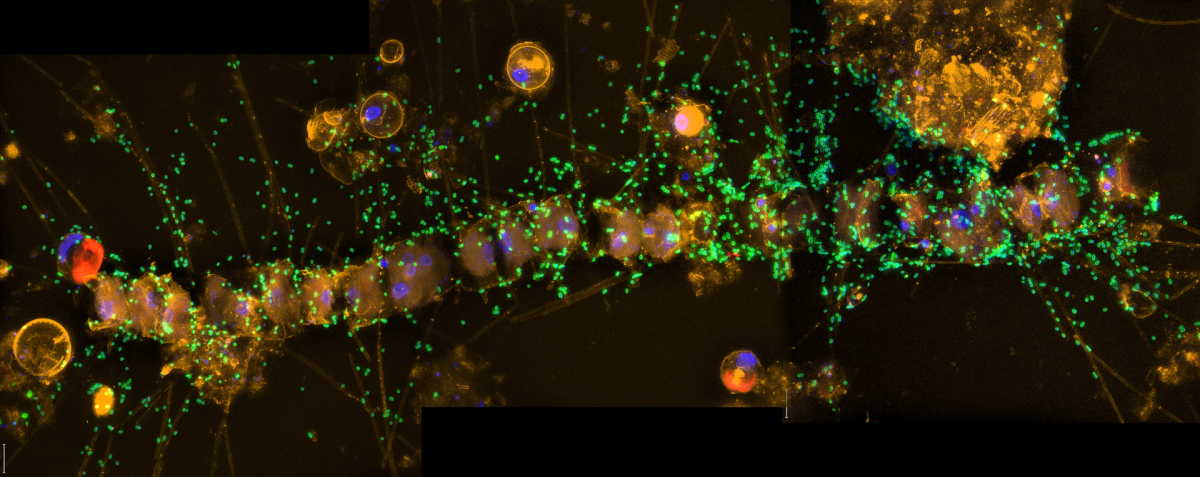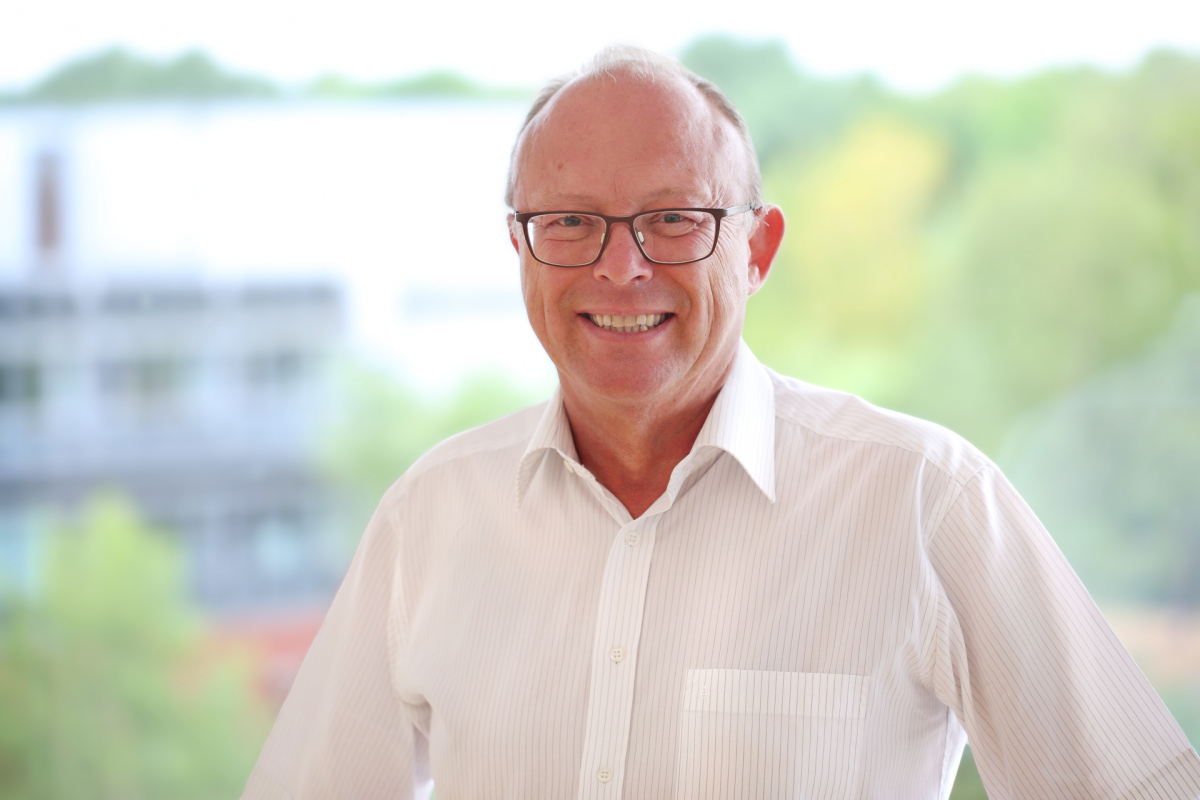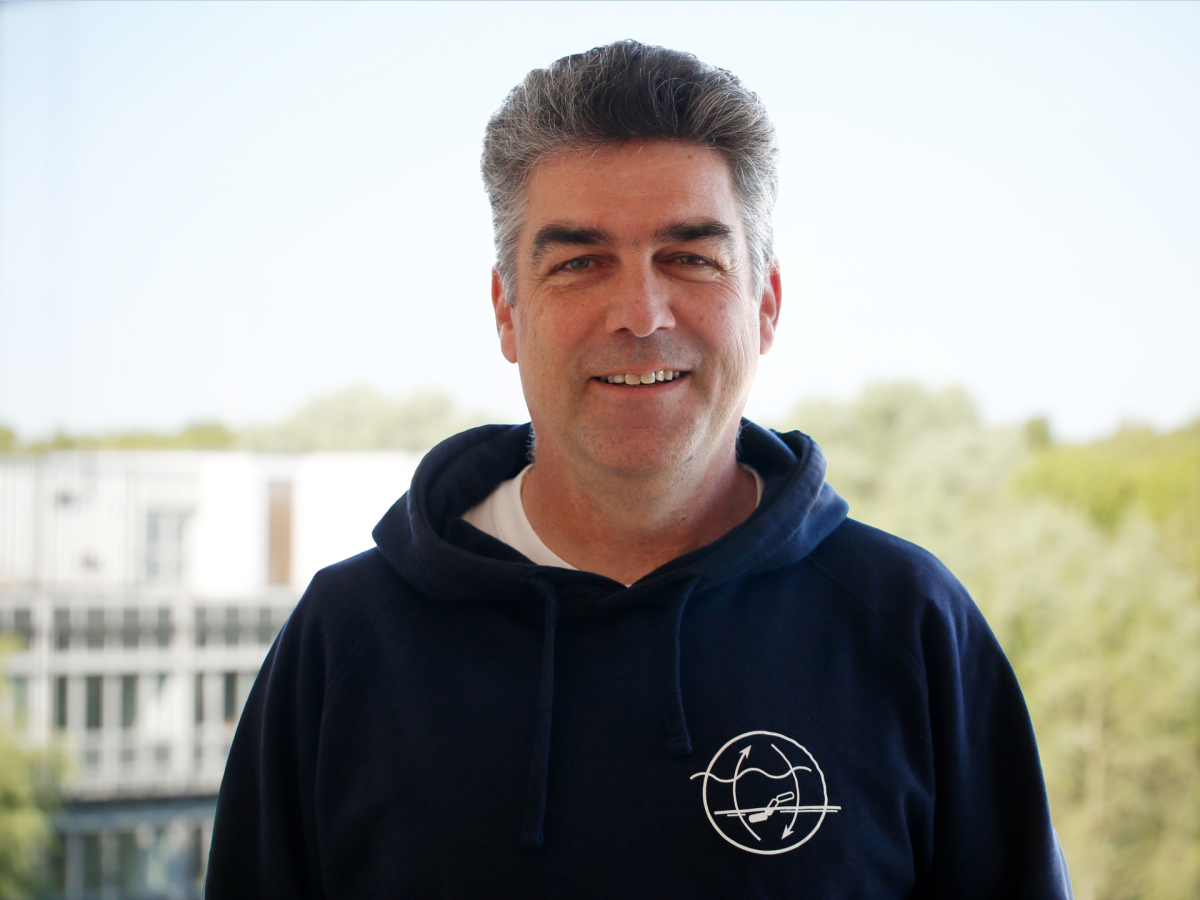- Press Office
- Press releases
- Oceans as carbon sinks
Oceans as carbon sinks: DFG funds new collaborative research centre on marine sugars

Every year, marine algae convert about five times as much carbon dioxide into sugars – known as glycans – as is released worldwide through the burning of fossil fuels. These glycans are a central part of the marine carbon cycle. Although bacteria in the sea have a variety of enzymes that can break down glycans and release the bound carbon, surprisingly large amounts of these sugars are found in the world's oceans. This suggests that previously unknown factors prevent the complete degradation of glycans and thus contribute to the long-term storage of carbon.
This is where CONCENTRATE comes in: The aim of the research programme is to decipher the molecular and microbial processes that make glycans so stable in the ocean. In an interdisciplinary approach, the research team combines laboratory experiments with measurements in natural habitats. The focus is on the interactions between marina algae, bacteria, fungi, their glycans and proteins – down to atomic resolution in the Ångström range (i.e. length scales in the range of about 0.1 to 1 millionth of a millimetre).
Two research projects at the Max Planck Institute in Bremen
Within TRR 420 CONCENTRATE, two sub-projects are primarily based at the Max Planck Institute in Bremen, both within the “Cellular systems” work area.
Bernhard Fuchs, head of the flow cytometry research group, is leading the project “A4 STRESS: Stressed bacteria contribute to sequester organic carbon”. This project will investigate the structure of bacterial protective extracellular glycans and their potential role in carbon sequestration. “We want to define the role of bacterial glycan slime as a carbon sink”, says Fuchs. “Why do marine bacteria secrete massive amounts of glycans and does this influence the carbon cycle?” Together with his team, he will conduct cultivation experiments, transcriptomics analyses, chemical analyses and high-resolution microscopic imaging to determine the conditions under which bacteria produce protective glycans, the synthesis pathways involved, how these stress-induced glycans are degraded, and the amount of carbon sequestered by bacterial protective glycans.
MPI director Rudolf Amann and researcher Hanno Teeling are the project leaders of “A7 PREY: Synergism, antagonism and mortality in a seasonal context”. “Our aim is to better understand glycan cycling in a seasonal context”, explains Amann. “We will provide the environmental context needed to ground truth findings in other subprojects.” Amann, Teeling and their team will study the influence of positive and negative interactions between bacteria, viruses and algae on seasonal dynamics off the island of Helgoland in the southern North Sea. The aim is to determine whether such interactions influence the cycling and sequestration of carbon.
Interdisciplinary, cooperative and sustainable
“I congratulate the two speakers and all the scientists involved in TRR 420 – they are conducting research with great passion in an enormously promising field. The approval marks another major milestone in marine research for the University of Bremen and strengthens sustainability-related research topics,” says Prof. Dr. Jutta Günther, Rector of the University of Bremen. “This success not only demonstrates our strength in marine research, but also the added value of scientific cooperation.”
More information is available in the press release of the University of Greifswald.
Please direct your queries to:
Managing Director
Department of Molecular Ecology
MPI for Marine Microbiology
Celsiusstr. 1
D-28359 Bremen
Germany
|
Room: |
2221 |
|
Phone: |

Group Leader
MPI for Marine Microbiology
Celsiusstr. 1
D-28359 Bremen
Germany
|
Room: |
2222 |
|
Phone: |
